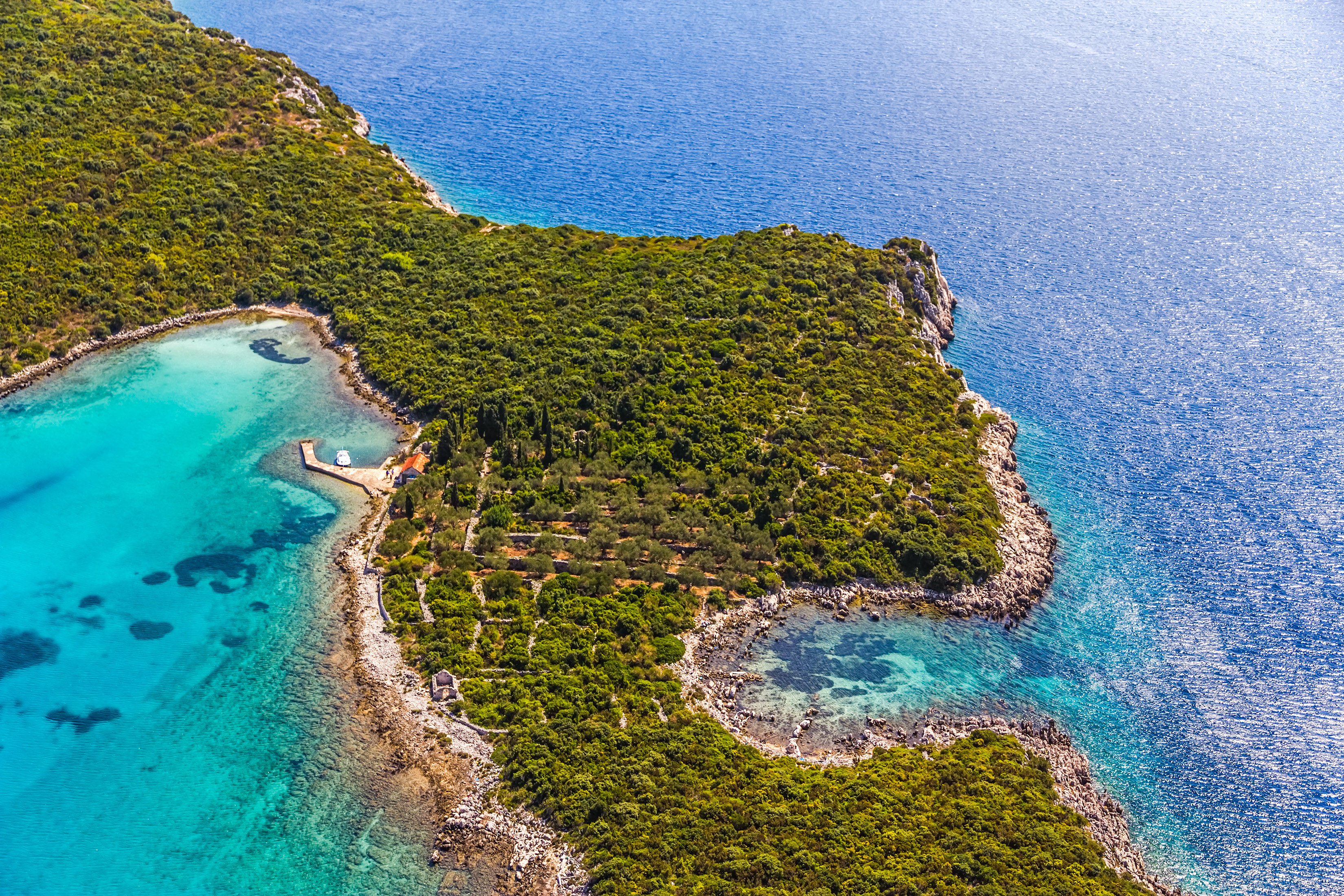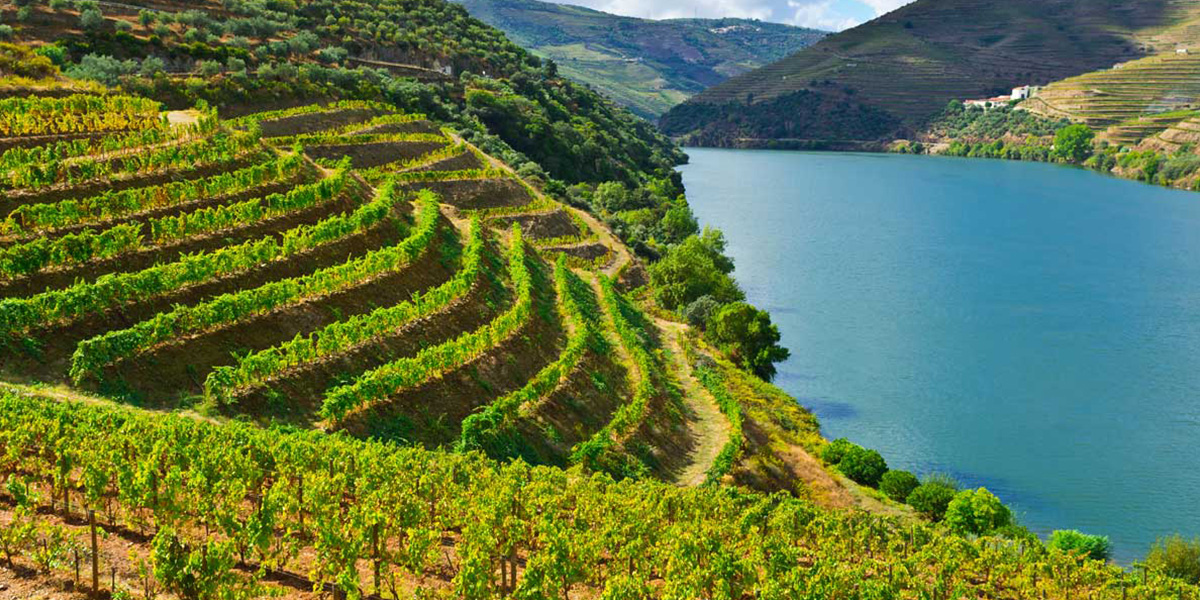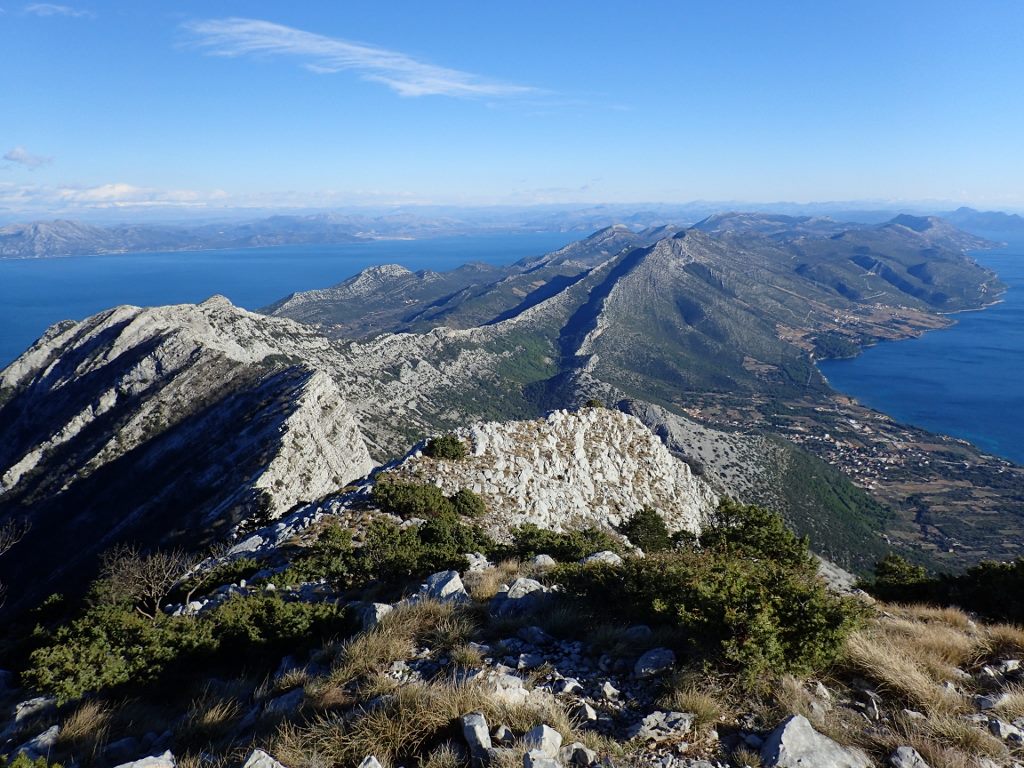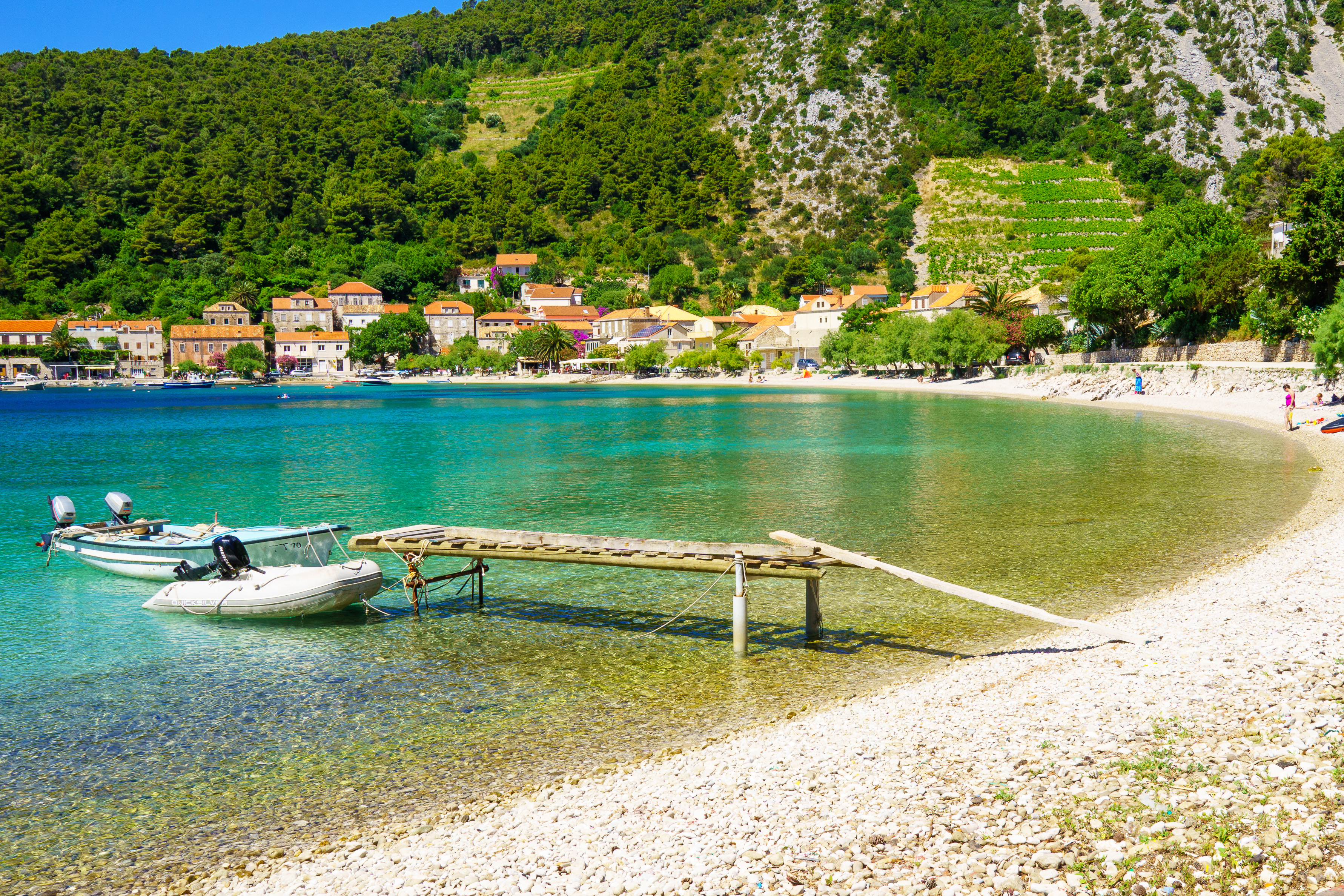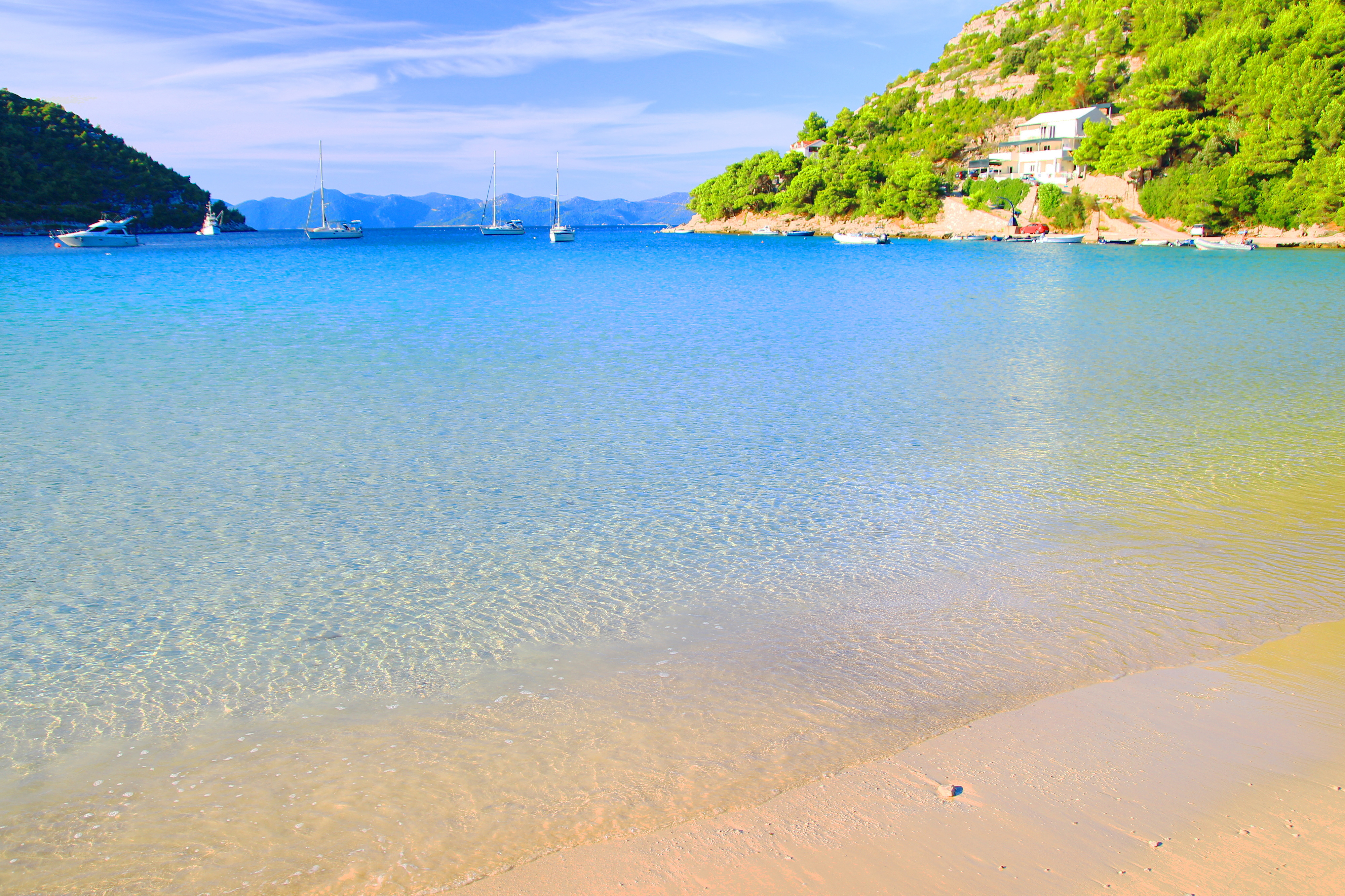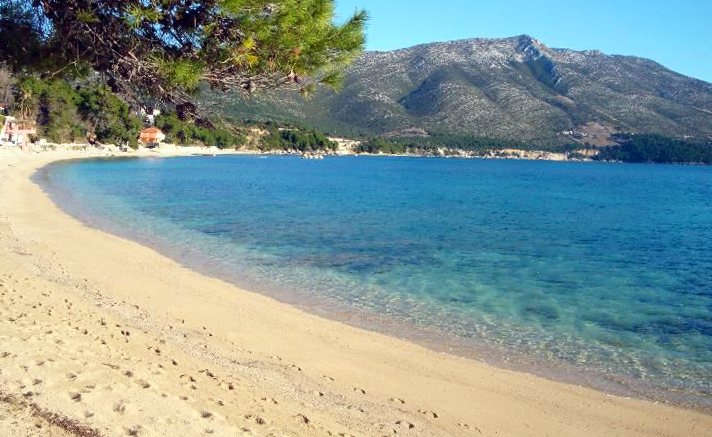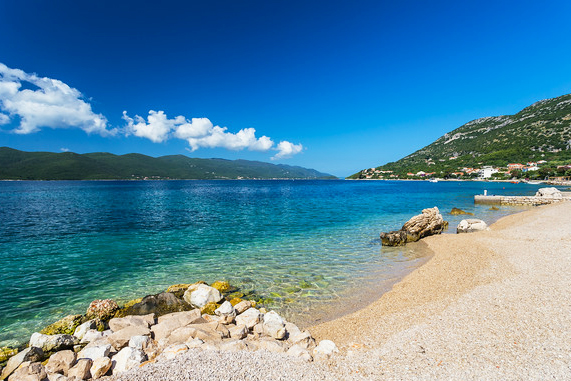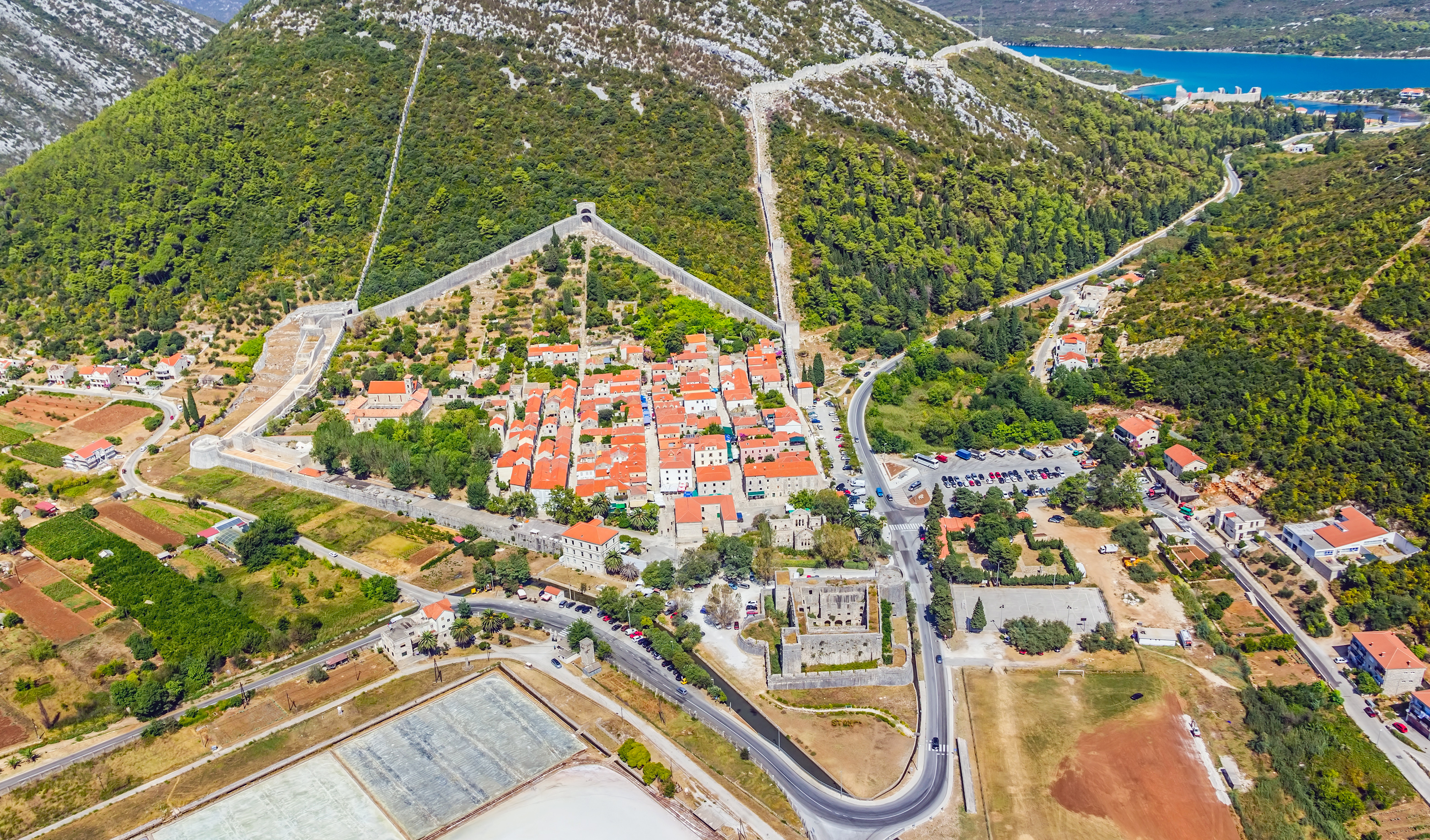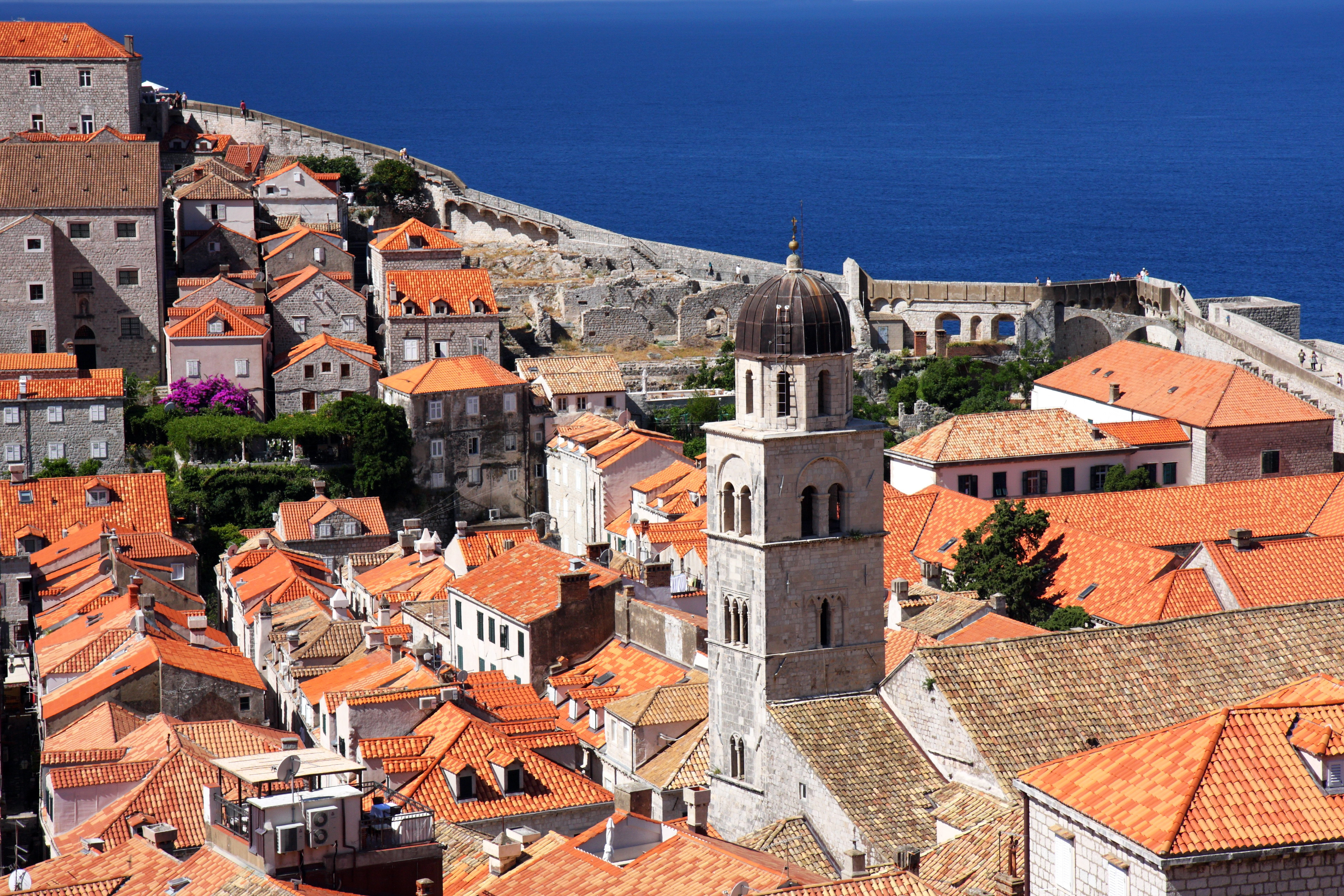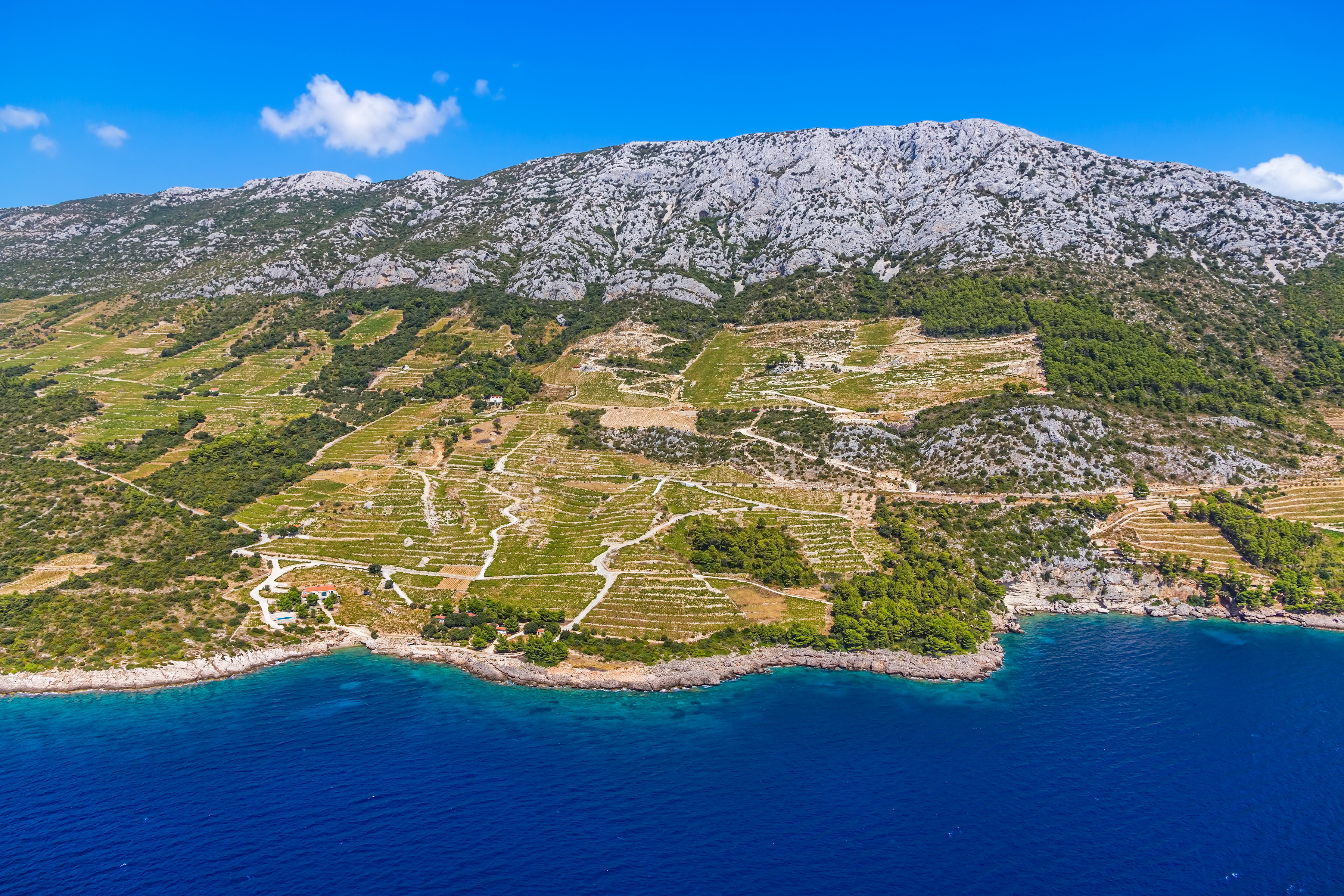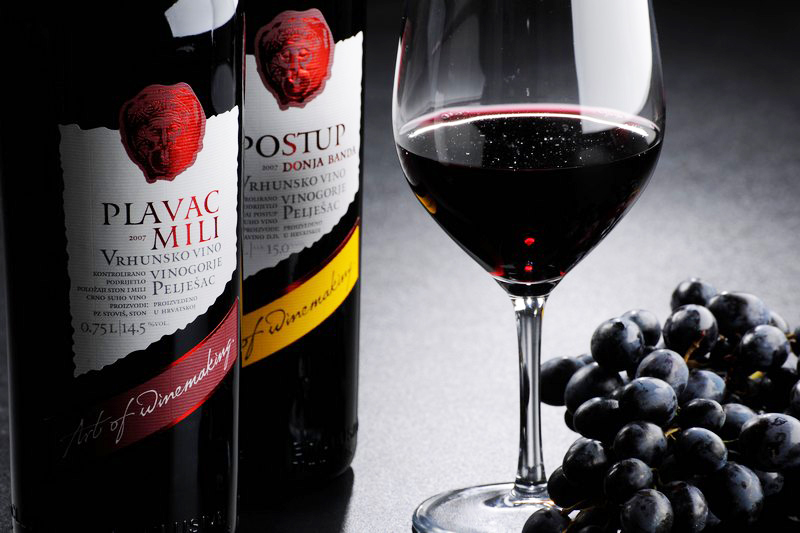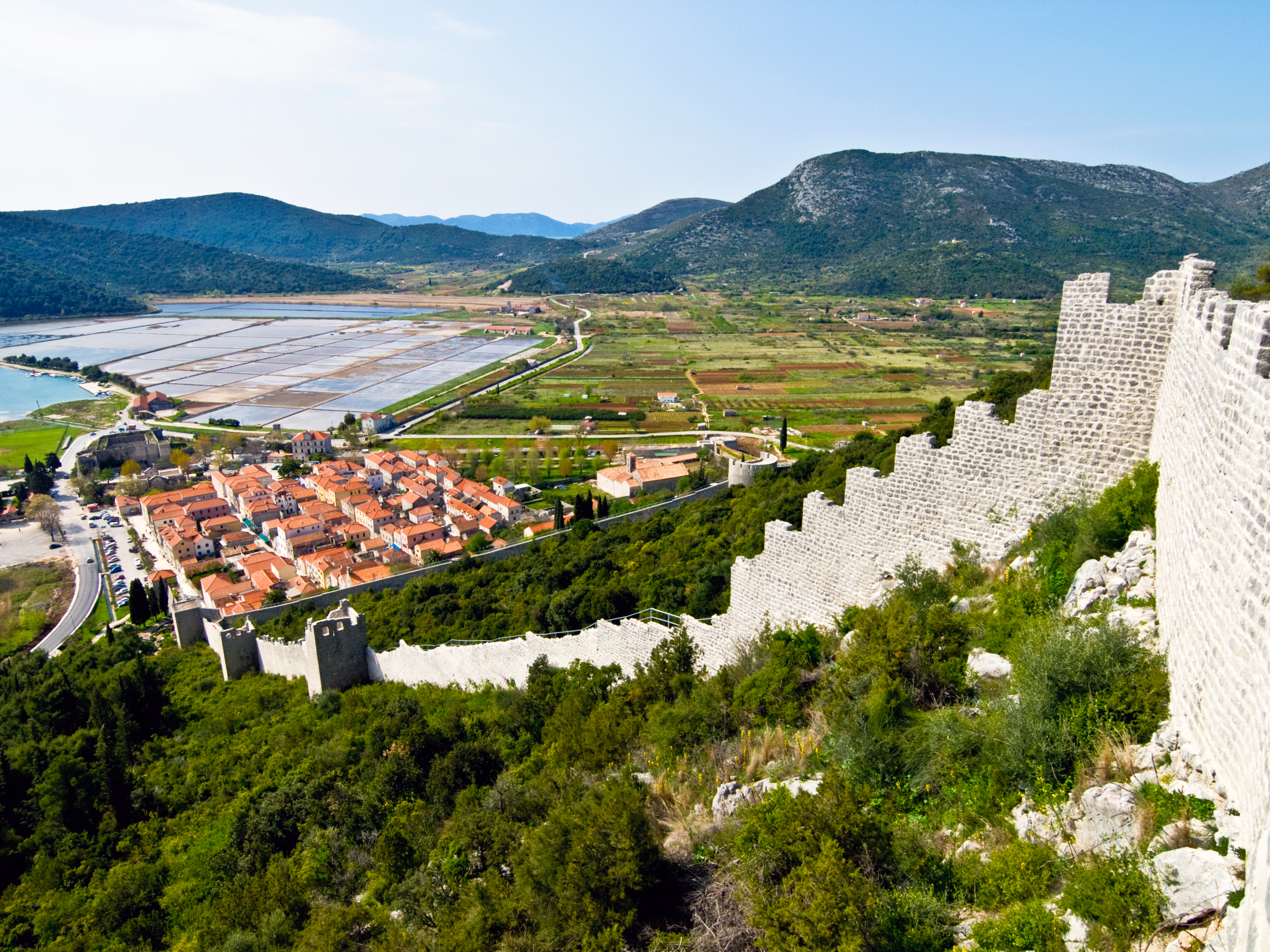Dalmatia’s largest peninsula is great for a romantic holiday, covered with vineyards, olive groves, fruit orchards, trees and mountains. The picturesque towns and villages have not been overtaken by tourism, and the locals mainly work in agriculture and winemaking.
Other Places to Stay & Visit
Dubrovnik City
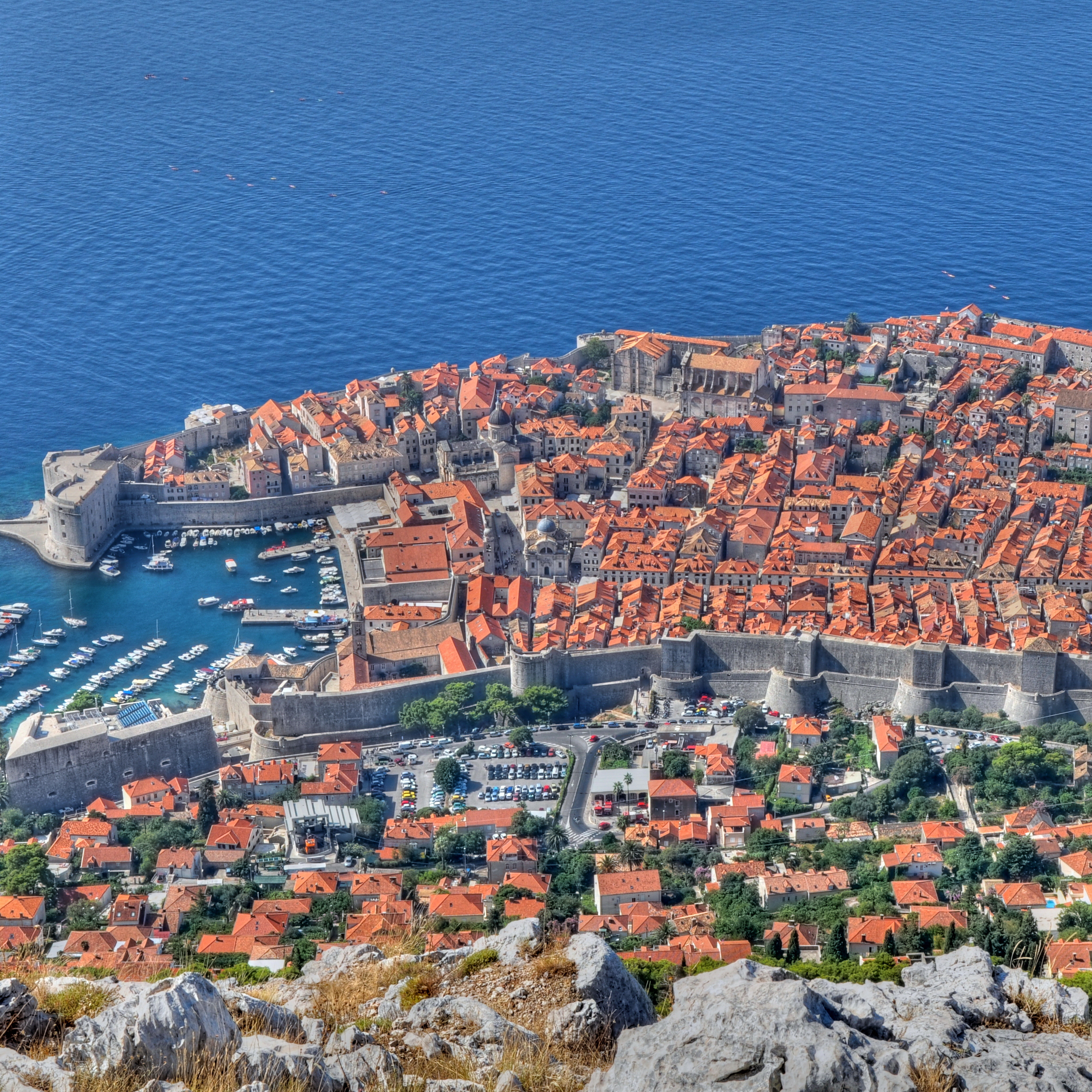
Built at the foot of a mountain, Dubrovnik is Croatia's most popular tourist destination.
Peljesac Peninsula
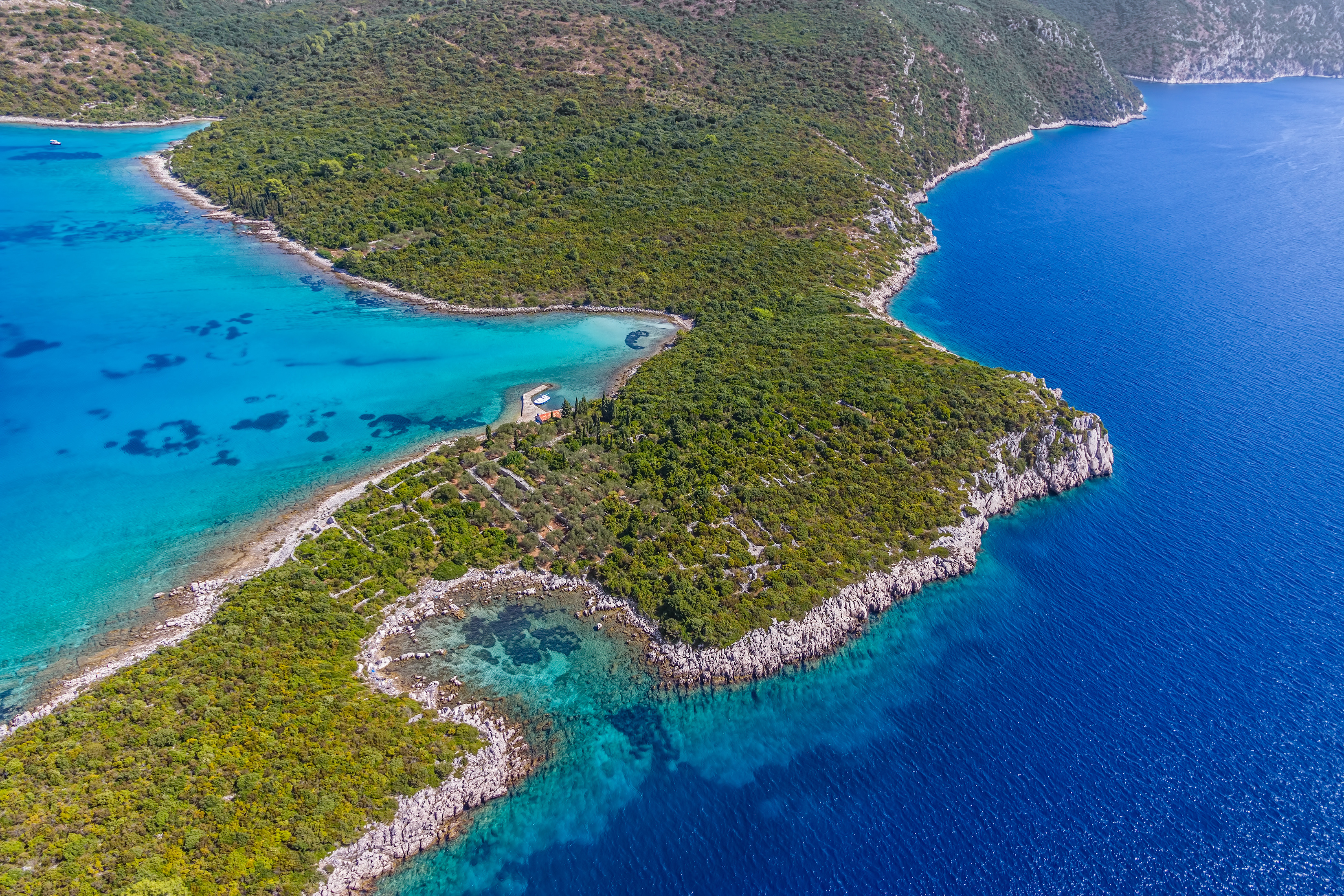
A traditional and wonderfully undeveloped region, you'll be welcomed by vineyards, olive groves and charming villages.
Cavtat Town
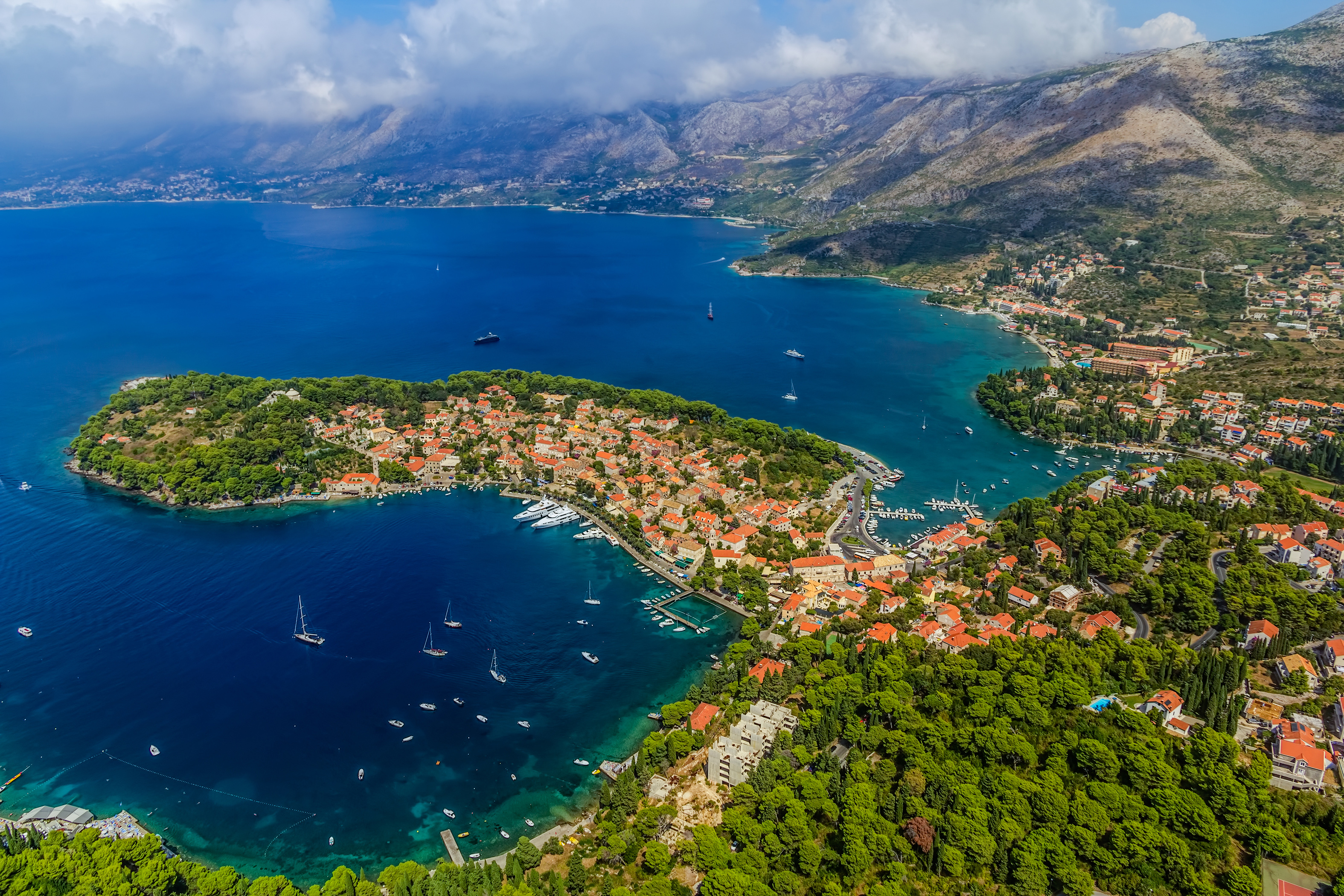
Full of rich vegetation, Catvat Town is an attractive place full of old and new architecture.
Activities
The Pelješac Peninsula is well-known for its wine, so either book a wine-tasting tour, or visit the vineyards at your own pace by bicycle or car. For active tourists, you can hike up Mt Ilija, a 961m mountain overlooking Orebić. There are also walking routes between towns and gravel trails for mountain biking. There is a selection of beautiful sandy, rocky and pebbly beaches dotted around the peninsula. Trstenica Beach near Orebić is a sandy beach great for sunbathing and swimming for all ages. Prapatno Beach near Ston is in a sheltered bay where you can swim and relax on the sandy and rocky shore. Trstenik Beach is good for learning to dive, and Viganj is popular with windsurfers. From Pelješac Peninsula you can also do day trips to Dubrovnik, Korčula Island and Mljet Island.
Beaches
History and culture
The peninsula has been inhabited since ancient Greek and Roman times, and the remains of Roman houses and ceramics have been found in the area. A must-see is Ston’s fortified wall - the second longest fortified wall in Europe with a fortress and towers. The wall stretches 5km from Ston to neighbouring town Mali Ston. Also visit Ston’s stone fortress of Veliki Kastio and the pre-Romanesque church of St Michael. In Orebić you can walk up to a 15th century Gothic Renaissance-style Franciscan Monastery, which has great views of the Dalmatian Islands. Visit Ston in July and August in time for the annual salt harvest, when you can see locals at work harvesting the salt by hand.
Food and wine
Many of the peninsula’s vineyards are famous all over Croatia. Some say it is the best wine in the country, with grapes grown here since the Greeks settled here. There are lots of little vineyards you can visit and do tours and tastings. Make sure you try Dingač, Postup and Plavac wines which are local favourites. Ston is also famous for its farmed oysters and shellfish and has some nice restaurants with good views.
